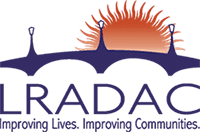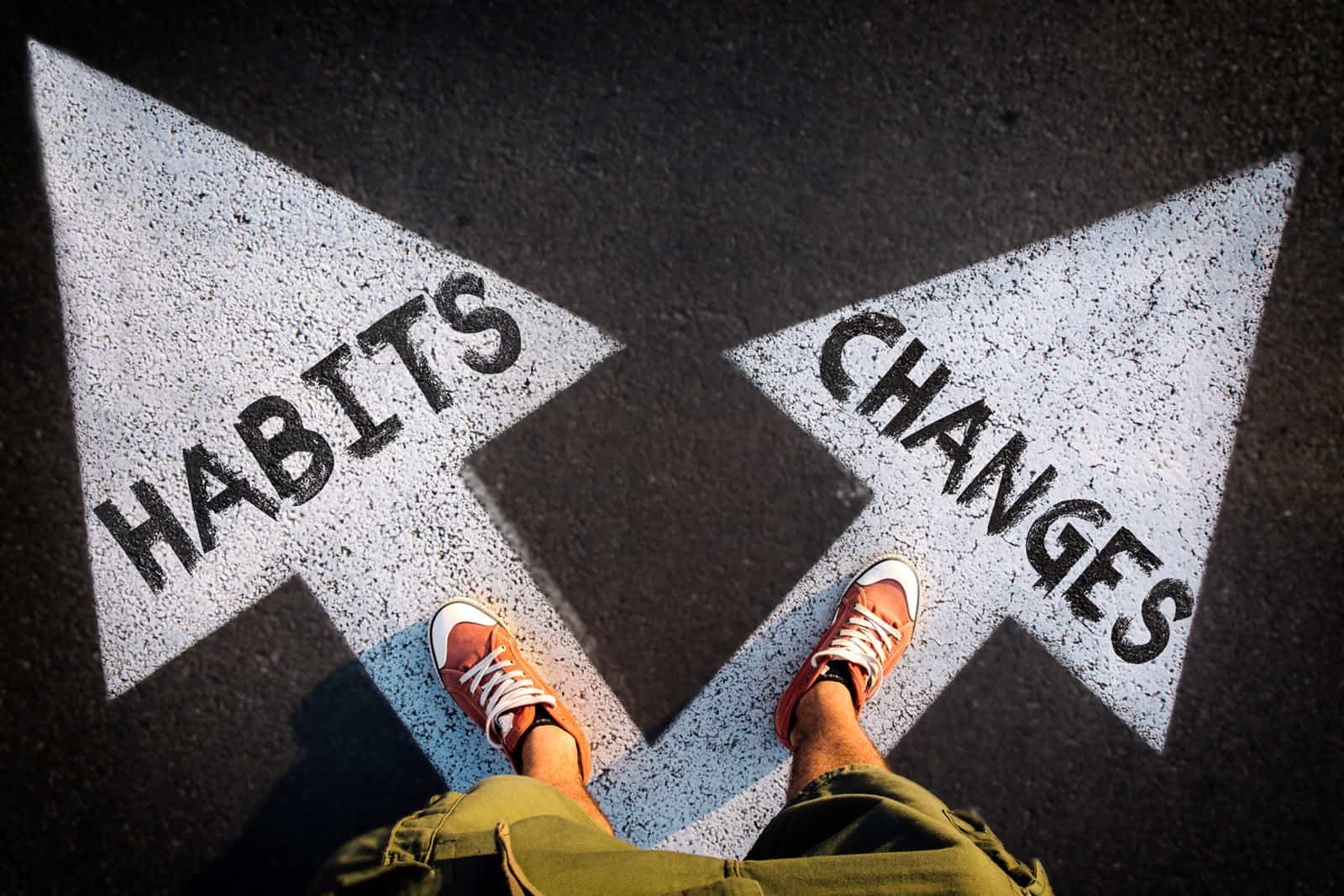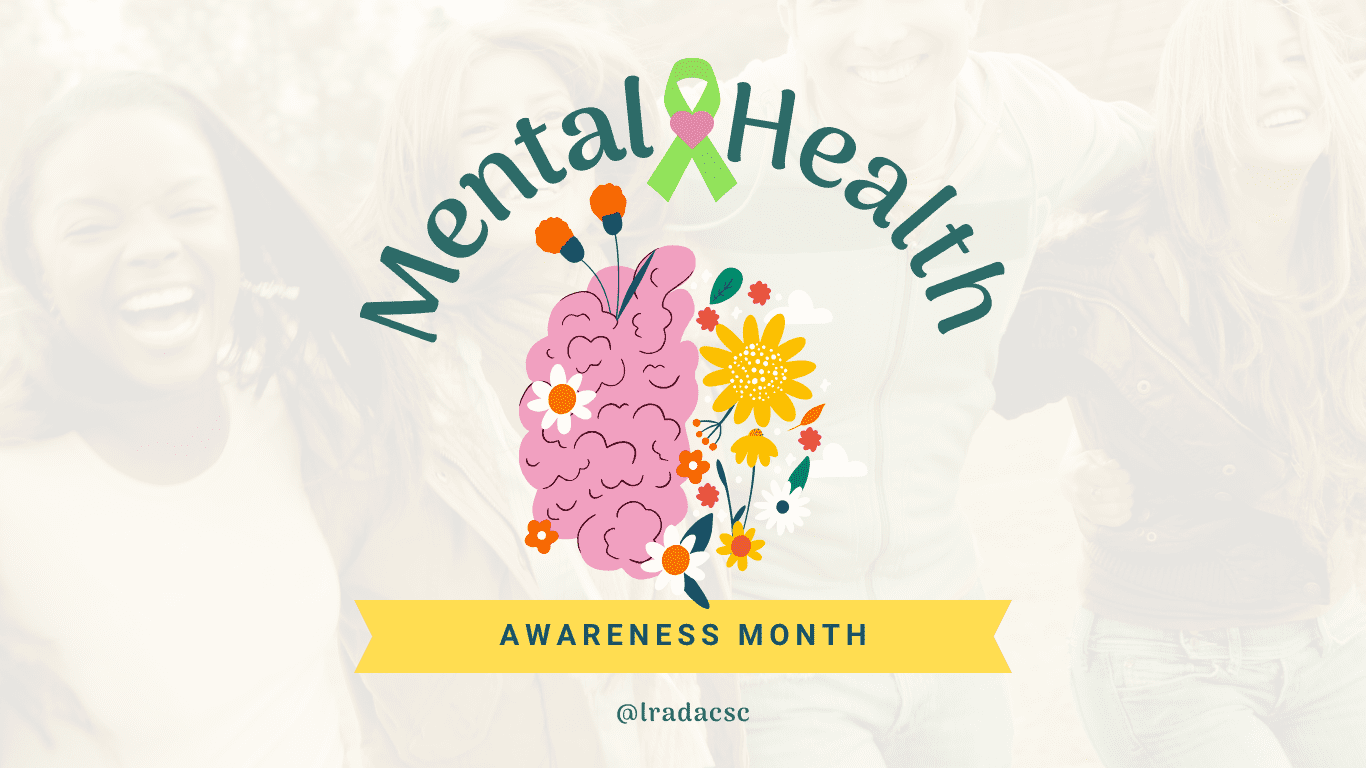America is experiencing an increase in heroin abuse, in part due to the prescription opioid epidemic. As a result of the country enforcing stricter regulations on opioid prescriptions, opiate users are turning to heroin, a much cheaper and more powerful alternative.
The 2016 National Survey on Drug Use and Health (NSDUH) reported there was 11.8 million people in the U.S. who in the past year, 2016, had misused opioids. Of those, 641,000 people had abused heroin in addition to prescription pain relievers. Only 37.5% of people with heroin use disorders received treatment.Users experience a euphoric rush that can last from 3 to 5 hours and a trance-like state for 4 to 6 hours.
Short-term effects of Heroin (NIDA)
- Dry mouth
- Warm flushing of the skin
- Heaving feeling in the arms and legs
- Nausea and vomiting
- Severe itching
- Clouded mental functioning
- “Nodding,” a back-and-fourth state of being conscious and semiconscious
Long-term effects of Heroin (NIDA)
- Insomnia
- Collapsed veins for people who injected the drug
- Damaged tissue inside the nose for those who snorted or sniffed the drug
- Liver and kidney disease
- Lung complications, including pneumonia
- Mental disorders such as depression and antisocial personality disorder
There has been an increase in heroin use and fatal overdoses involving heroin over the years. Fatal overdoses involving heroin increased by 67% from 2014 to 2015 (DHEC).
In response to the increase in overdoses, the state has put together the LEON Program for naloxone administration.
Learn more about naloxone, the overdose reversing drug, and the LEON project.
Heroin Addiction: There is hope in recovery!
Heroin Detox and treatment for people with heroin use disorders can be a long hard road, recovery is possible!
If you are concerned about a loved one using heroin, reach out to us today at (803) 726-9300.
Help sponsor the pathway to recovery
Visit The LRADAC Foundation to learn more about the LRADAC Foundation Recovery Scholarship Fund.







